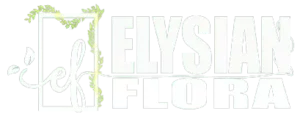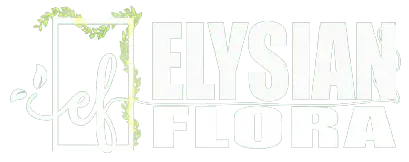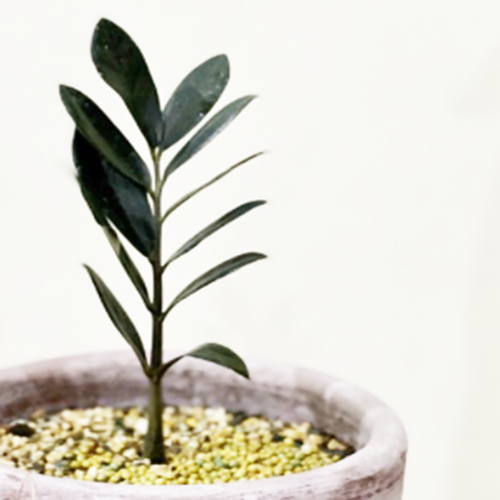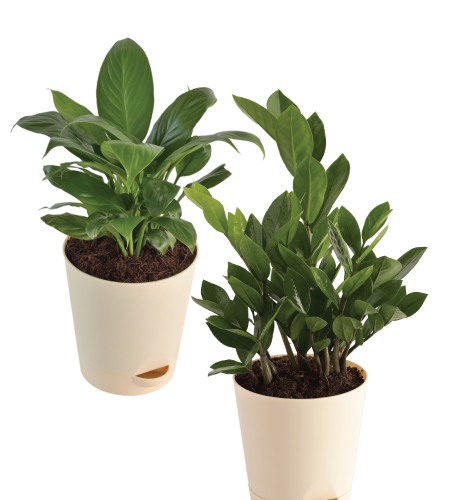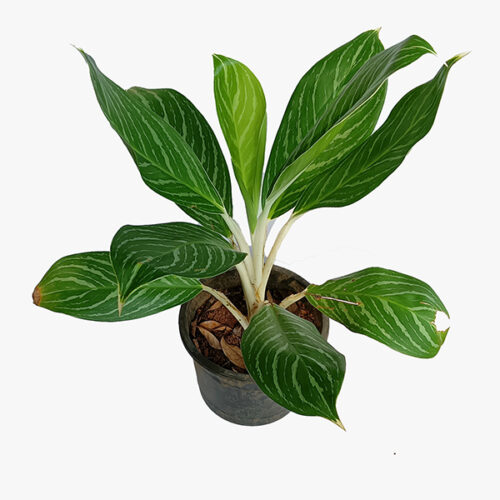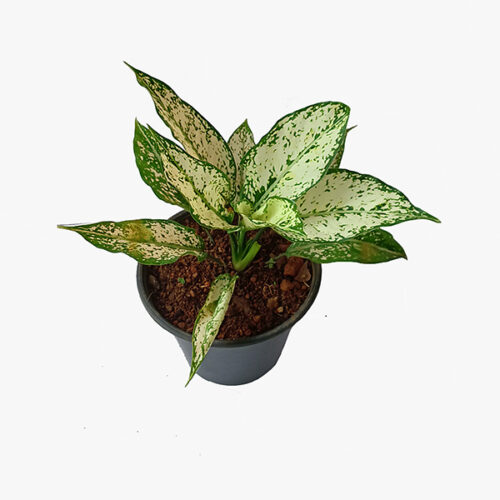Ludwigia senegalensis is a lovely stem plant with red vein-like patterns on its leaves. With the addition of iron and other micronutrients, the red coloration becomes more pronounced under high light. Because very few farms currently grow it, this plant is considered rare and is not commonly seen in the aquarium trade. Plants can be propagated by taking cuttings from the main stem and replanting them in the substrate.
Ludwigia senegalensis is native to Africa, where it is widely distributed. It was introduced to the hobby under the name Ludwigia ‘Guinea,’ and has since gained popularity due to its distinctive red leaves.
When grown properly, it is a small stem plant with reddish leaves and a distinct red web pattern. Ludwigia senegalensis is best used in the mid-ground because it does not grow compactly enough to be a good background plant and is too tall for the foreground.
Depending on the growth conditions in the tank, Ludwigia senegalensis exhibits a variety of growth forms. In low-light conditions, the leaves will become more green with less even redness. The red portion will cover the entire leaf surface except for a centre line in high lighting (with a higher red spectrum). Leaf sizes will be smaller and stems will be thinner in lean conditions. The plant grows larger, fuller leaves in richer soil. The leaf vs. stem size comparison is easily seen – in lean conditions, the stems will appear very thick compared to the leaves. This plant responds very well to substrate feeding – putting ammonia in the rootzone is a simple way to get fat leaves on this plant.
This plant does not have high CO2 requirements. It can grow slowly in low-tech tanks if the temperature is kept low (22 degrees Celsius). It, like most plants, prefers some CO2, and injected levels should be kept stable. Sudden drops can stifle it. Poor fertilisation calibration (inadequate trace mixture or overly heavy dosing) can also easily stunt the tips; this symptom is visible as very dark coloured, stunted leaf tips.
Ludwigia senegalensis prefers slightly softer water, but it is not required for cultivation.
Important success factors
Strong coloration necessitates a lot of light and fertilisation (higher red spectrum is helpful)
Softer water is beneficial, but it is not required.
Stable CO2 levels – do not need to be high, but benefit from some CO2 injection
Nitrogen in the form of ammonia (best supplied through the substrate) results in fuller forms and broader leaves.
Propagation and trimming
Trim the top and replant as you would any other stem plant. If the bottom portions are healthy, they will sprout side shoots.
Is CO2 required for Ludwigia Repens?
CO2 injection is not required for the cultivation of this plant, but it can aid in its growth. The plant can be grown submerged or emersed, but the latter is much more difficult to cultivate.
Is CO2 required by Ludwigia Inclinata?
CO2 injection is strongly advised for the cultivation of this plant. The plant can be grown in either submerged or emersed conditions. Plants can be propagated by taking cuttings from the main stem and replanting them in the substrate.
Is Ludwigia a simple plant?
Overall, Ludwigia Natans Super Red is a low-maintenance plant. Propagation is extremely simple and quick. When kept in good conditions, this plant will produce a large number of small plants from a few stems. Simply take cuttings from the main stem of the plant and replant the stems at least 1 inch into the substrate.
